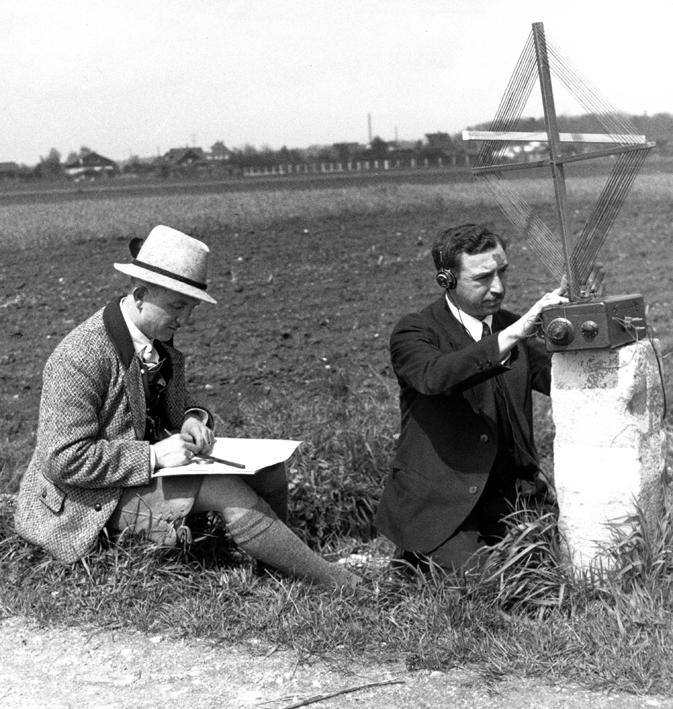Editor—Wailoo et al highlight a fundamental challenge that the National Institute for Clinical Excellence (NICE) faces on a daily basis.1 The government established NICE not only to advise the NHS on the quality of care that individual patients could expect (in terms of appropriateness and effectiveness) but also to address the other important dimensions of healthcare quality (equity, fairness, and efficiency) that society expects.
We agree that being required to address both in the guideline programme will lead to understandable tensions. But this is also true of the appraisal process. The appraisal committee's decisions have sometimes “favoured” the individual health perspective2 and on other occasions public health has taken precedence.3
Figure 1.

If health economics is to contribute to the debate it must engage with the issues
Credit: GERD PFEIFFER/SOA
NICE guidelines and appraisals have differing roles in seeking to improve the quality of NHS care. While appraisals normally assess the role of a single intervention, a clinical guideline covers the whole range of the management of patients with specific diseases. Occasionally, both are undertaken in the same clinical area—for example, atypical antipsychotics and schizophrenia, β interferon and multiple sclerosis.
We also agree that health economic evidence is often sparse in established clinical areas and of variable quality. However, this is also common in the appraisal process. Final decisions will always depend on the exercise of judgment. This requires the presence of a variety of skills on NICE committees. For this reason, our guideline development groups have members drawn from the same range of stakeholders as the appraisal committees.
In establishing the current programme, NICE considers that integration rather than separation of the various key stakeholders is crucial to good guideline development. We acknowledge that special expertise is required to support areas where experience is scarce. We have certainly identified a need to improve the health economics input into guidelines, although health economists have not yet shown the same relish to become involved in guideline development as they have in appraisals.
Competing interests: PL and GL are employed by NICE. MD is chairman of one of NICE's guideline review panels and was a member of the guidelines advisory committee, 1999-2003. TC was chairman of NICE (1999-2003).
References
- 1.Wailoo A, Roberts J, Brazier J, McCabe C. Efficiency, equity, and NICE clinical guidelines. BMJ 2004;328: 536-7. (6 March.) [DOI] [PMC free article] [PubMed] [Google Scholar]
- 2.National Institute for Clinical Excellence. Guidance on the use of riluzole (Rilutek) for the treatment of motor neurone disease. London: NICE, 2001. (Technology appraisal No 20.)
- 3.National Institute for Clinical Excellence. Beta interferon and glatiramer for the treatment of multiple sclerosis. London: NICE, 2002. (Technology appraisal No 32.)


